- Joined
- Jan 22, 2014
- Messages
- 7,102
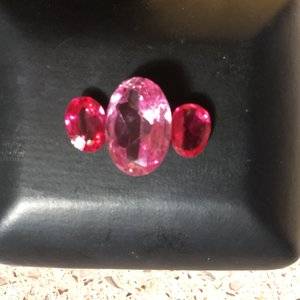
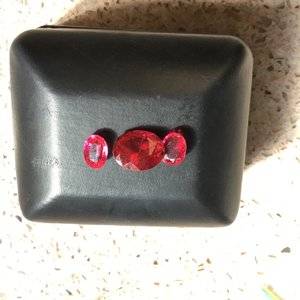 Its a curious thing. I’m just trying to appreciate at what “point” a reddish pink sapphire becomes a pinkish red ruby?
Its a curious thing. I’m just trying to appreciate at what “point” a reddish pink sapphire becomes a pinkish red ruby?Is it just a matter of opinion or do you need a definitive GIA report? I’m presuming that there is a financial “advantage” to have a Ruby vs a sapphire so maybe people like a broader interpretation of the colour of ruby.
Here are some pics. I find the small stones start to look like rubies when up against a pink gem, yet then start looking pink when up against a red stone.






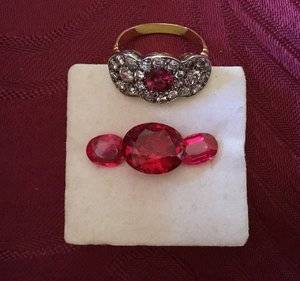
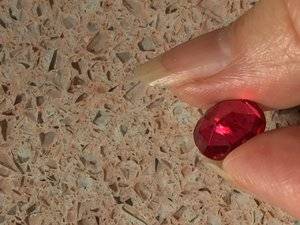
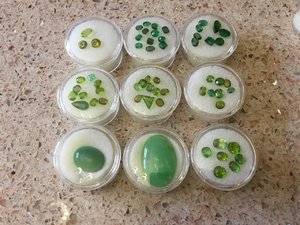
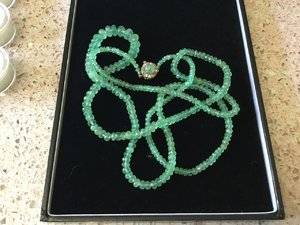


300x240.png)